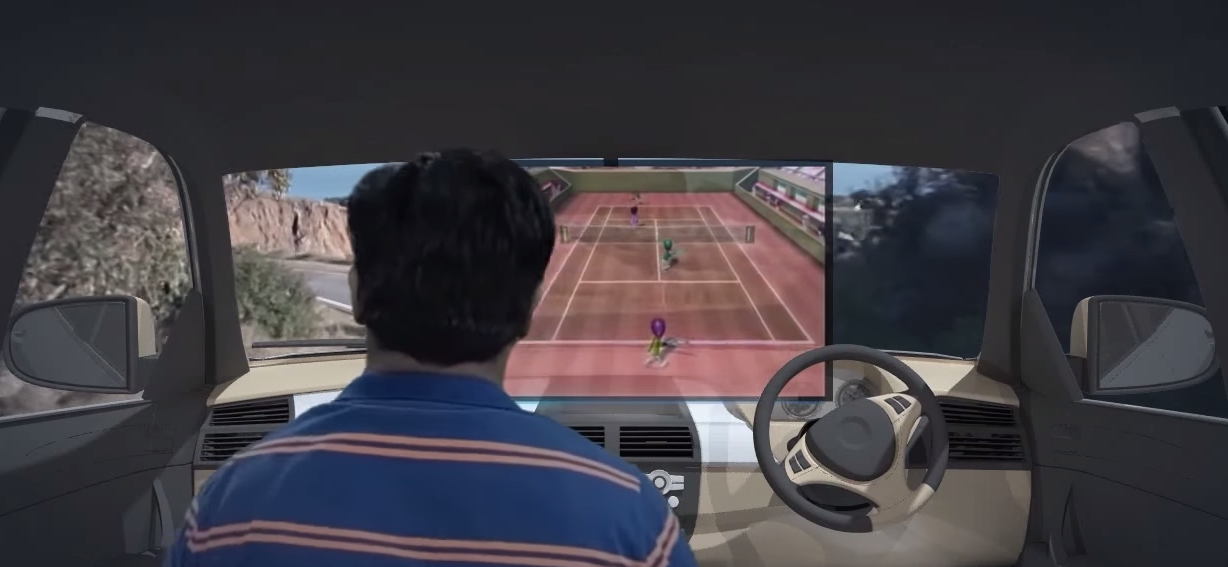Drinking and driving is never a good idea. Period.
But when it comes to smoking and driving (as in, the plant, not tobacco), most of us probably have a friend or two who does so on occasion.
Most of the stoner drivers probably even claim to be more careful and cautious after hitting the road post-hotbox. And in some cases, maybe they are. But it doesn’t make it right (not to mention leads to a slippery slope for driving under the influence of other drugs).
According to the U.S. Department of Health and Human Services in 2013, roughly 10 million people across the country had taken the wheel with illicit substances in their system. That’s a LOT of people you don’t want to be sharing the road with.
To spread the message of how dangerous drug-driving is, Ford has created a suit that simulates the dangers of driving while high.
Developed at the Meyer-Hentschel Institute in Germany, the suit is designed to mimic the effects of a range of drugs, including cocaine, MDMA, LSD, and cannabis. This includes features like gloves that generate hand tremors, leg and arm weights that alter balance and speed, and an optical display that impairs your vision with flashes of light and other illusions.
Trippy, right?
But that’s not it; headphones produce random noises that mimic those reported by users of certain drugs.
As the below video shows, the resulting disorientation and distorted perception offered by the suit makes operating a car extremely challenging, even for professional drivers.
Naturally, the suit isn’t intended for recreational use or for use on the road. It will be introduced into Ford’s Driving Skills For Life scheme, an educational program designed to teach new drivers certain necessary skills for road safety.
And if you don’t think it’s necessary, consider this: a recent study released by the National Highway Traffic Safety Administration found that in a large sample of American road accidents between 2005 and 2009, illegal drugs were present in the systems of 16 per cent of drivers involved in crashes. Furthermore, 18 per cent of all fatal accidents involved drivers under the influence of narcotics.
How’s that for a buzzkill?
[ad_bb1]







